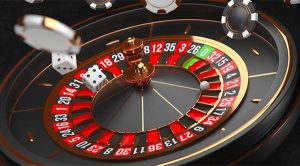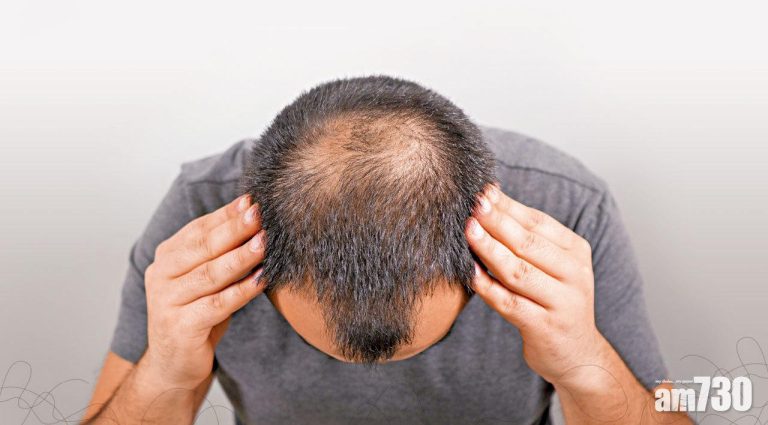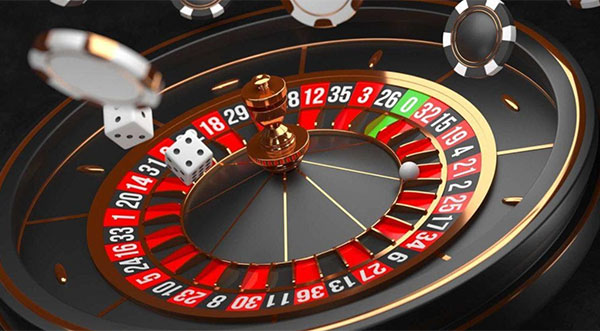For most people suffering from depression, an antidepressant is one of the only treatment options available to relieve day-to-day symptoms. However, most people who have tried antidepressants report that they are no walk in the park. Finding the right medication for you can take years of trial and error, and medications often have side effects that can be more debilitating than the symptoms of depression themselves. Once you find a drug that works, you may feel stuck taking it every day; many people would like a treatment that does not promote dependence on the drug, but the effects of antidepressants disappear when you stop taking them. In addition, about a third of people with depression do not find relief from any antidepressant. These cases are called treatment-resistant depression.
Effective alternative treatment options are available for those suffering from treatment-resistant depression who seek alternatives to medication. In our TMS and Brain Health clinics, as well as in clinics around the world, TMS and neurofeedback are used with favorable results. These two treatments are very safe and effective in relieving symptoms of depression, especially in treatment-resistant depression. They are also completely drug free and do not encourage daily drug addiction. They should be recommended as part of a comprehensive mental health treatment plan tailored just for you.
- Transcranial Magnetic Stimulation (TMS)
Transcranial magnetic stimulation is a technique that has been used in clinical trials since the 1980s. TMS, originally used to measure brain activity, received FDA approval in 2008 to treat depression. It is also used to treat a number of other mental disorders and conditions, including PTSD, anxiety and chronic pain. So you’re probably still wondering what TMS is?
TMS is a non-invasive process in which a small device is placed on the scalp. The device sends magnetic pulses through the skull that activate neurons in the brain. Modern TMS devices can target specific areas of the brain. This allows us to target a region of the basal ganglia known to be involved in depression. When nerve activity in this area is stimulated, it relieves symptoms of depression by more than 60%, which is more effective than any standard antidepressant. TMS is also unique in that it provides lasting symptom relief. A typical course of TMS treatment lasts 5-6 weeks; many patients begin to respond to therapy within the first week, and symptoms may improve for several months afterward.
The TMS process is safe, simple and has few side effects. The biggest safety risk with TMS is the risk of seizures, which is less than 0.1%. Additionally, individuals with a predisposition to seizures (eg, epilepsy) may not receive TMS. Also, people with metal implants may not be accepted because they interact with the magnetic device.
During the treatment, patients relax in a comfortable chair in the TMS clinic while the doctor calibrates the TMS machine and delivers the magnetic pulses. The length of the actual treatment depends on the type of TMS, but the whole process usually takes less than an hour. Patients often report a throbbing or sensitive scalp when the device is on, and some report a mild headache that subsides after treatment. An average course of TMS treatment consists of five therapy sessions per week for 6 weeks, for a total of 30 therapy sessions.
- Neurofeedback
Another drug-free, non-invasive treatment option is neurofeedback. This process involves monitoring neural activity to “retrain” the patient’s brain. During a neurofeedback therapy session, electrodes are used to map brain activity in real time and provide feedback on different types of brain waves. The patient simply observes their brain activity and recognizes certain patterns that occur during positive thoughts and depressive, anxious or other negative thoughts. By providing brain wave feedback, the patient can train himself to self-regulate his brain activity.
A typical course of neurofeedback treatment includes one to two treatment sessions per week until the patient notices significant improvement. Later, more revaccination sessions may be prescribed to improve the effectiveness of the treatment. The electrodes used during the treatment do not cause shocks or pain; in fact, the resulting microcurrents are imperceptible to individuals. As with TMS, patients simply sit in a comfortable chair and monitor their brain activity during neurofeedback sessions.
As with TMS, neurofeedback is commonly used to treat conditions other than depression, including anxiety, PTSD, ADHD, OCD, and many others. Neurofeedback is another promising alternative to drugs that can provide lasting relief and teach patients valuable brain regulation skills.




















+ There are no comments
Add yours